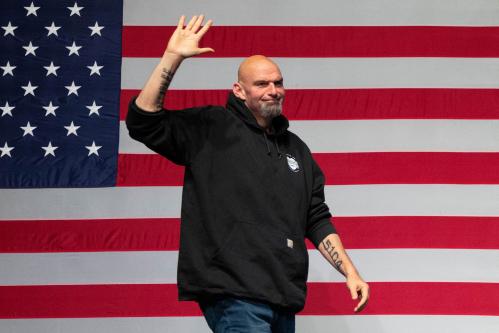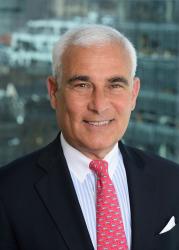Consumer demand for wireless services continues to increase in the United States, making the need for more commercial spectrum a priority as more services migrate to mobile platforms. In a recent report, the CTIA argued that the U.S. needs approximately 400 megahertz of full power, licensed spectrum to meet this demand in the next five years. Meanwhile, consumer advocates have appealed to the federal government for more unlicensed spectrum to support community network and other alternatives for advancing mobile connectivity. In both cases, having a spectrum drought not only impacts wireless users, but also potentially impedes broader aspirations to close the digital divide through the Infrastructure Investment and Jobs Act (IIJA). Without the spectrum needed to manage rising demand, the U.S. will be outdone by other countries providing large amounts of spectrum to state-run and commercial companies leading the race to 5G. Today, the U.S. trails other countries in 5G spectrum by 378 megahertz on average—a deficit expected to grow to 518 megahertz in five years.
On this episode of the TechTank podcast, co-host, Dr. Nicol Turner Lee is joined by Scott Blake Harris, who is the Senior Spectrum Advisor in the Office of the Assistant Secretary at the National Telecommunications Information Administration (NTIA). Located within the U.S. Department of Commerce, NTIA has started to develop a National Spectrum Strategy that notes that sufficient access to the radio spectrum is critical for national security, public safety, competitive next-generation communications, and scientific discovery. The conversation will explore what is involved in the national plan, and the next steps in spectrum deployment in the U.S.
You can listen to the TechTank podcast here, on Apple, Spotify, or Acast.








Commentary
PodcastWill the U.S. attain a competitive global spectrum strategy? | The TechTank Podcast
April 24, 2023